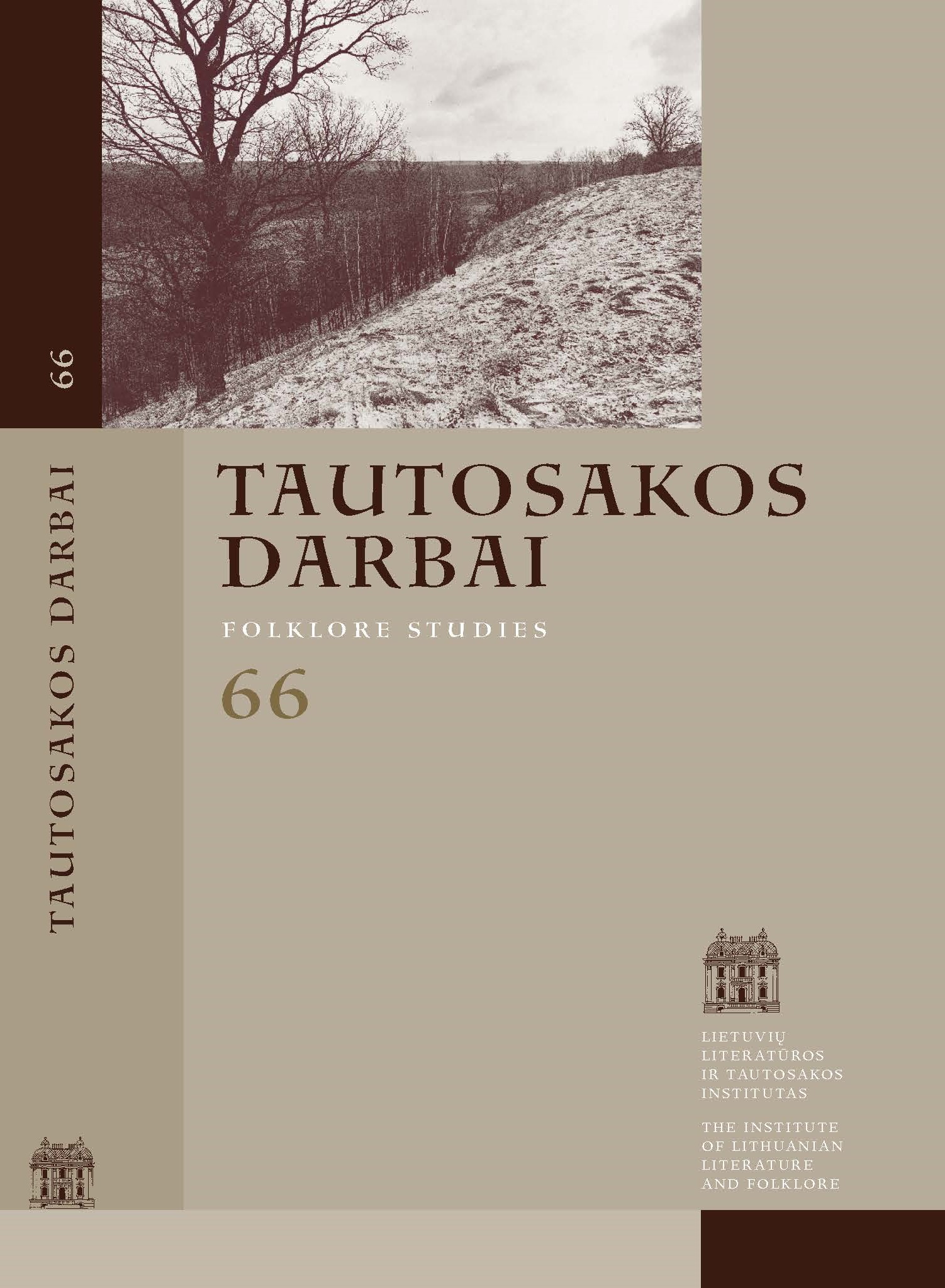Senieji žmonės XIV–XVI a. Lietuvos Didžiosios Kunigaikštystės istorijos šaltiniuose. Kas jie?
Santrauka
Įvairiuose XIV–XVI a. Lietuvos Didžiosios Kunigaikštystės (LDK) teisiniuose šaltiniuose minimi senieji žmonės. Tyrime keliama hipotezė, jog šie asmenys buvo paprotinės teisės ir senosios tradicijos žinovai bei saugotojai. Jie minimi LDK ir kaimyninių šalių sutartyse, kuriomis būdavo nustatomos valstybių sienos. Anuomet „teisingomis“ sienomis laikytos tokios, kurios buvo nusistovėjusios nuo seno – pagal paprotį. Šie asmenys stengdavosi jas atsiminti ir parodyti. Senieji žmonės dalyvaudavo LDK teismuose, kuriuose nagrinėti nuosavybės, žemių ribų, prievolių, bajorystės įrodymo klausimai. Pirminė jų užduotis buvo atsiminti senuosius – „tikruosius“ – faktus. Teismuose jie tiesiogiai dalyvaudavo nedažnai, bet, reikalui esant, pats teismo pareigūnas nuvykdavo pas juos ir apklausdavo. Įdomu, kad teismų dokumentuose liudijusių senųjų žmonių vardai fiksuojami itin retai, jie dažniausiai likdavo anonimais. Taip pat itin retai nurodytas dalyvavusių senolių amžius ir jų skaičius. Galima prielaida, kad teismuose senieji žmonės būdavo ne tik liudytojai, daug atsimenantys apie praeitį, bet kartu atstovaudavo paprotinei teisei. To meto LDK teismams būdingas formalizmas, gyvavo įvairūs paprotiniai ritualai, kuriais būdavo pabrėžiamas teismo proceso išskirtinumas ir reikšmė. Todėl tikėtina, kad senieji žmonės stebėdavo, ką teismuose kalba ir kaip elgiasi kiti bendruomenės nariai, kad viskas būtų atliekama pagal nusistovėjusias senąsias tradicijas. Tai rodo, kad LDK, šalia rašytinės teisės normų, paraleliai remtasi ir paprotinės teisės principais.

Šis kūrinys yra platinamas pagal Kūrybinių bendrijų Priskyrimas 4.0 tarptautinę licenciją.
